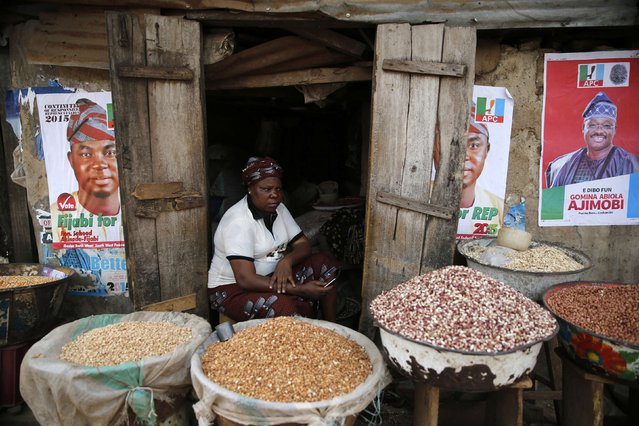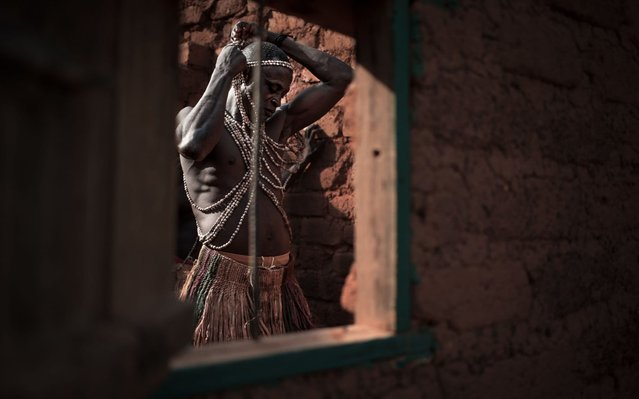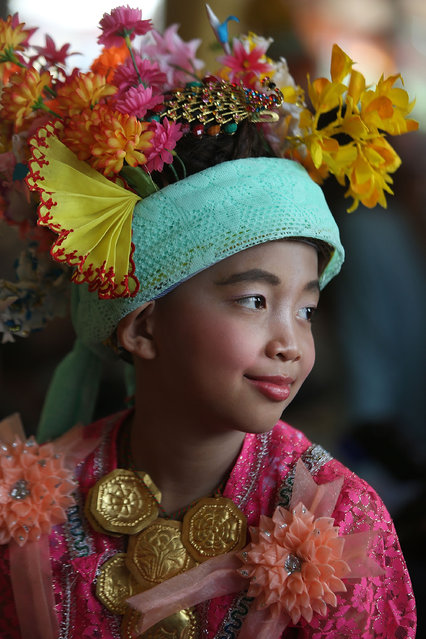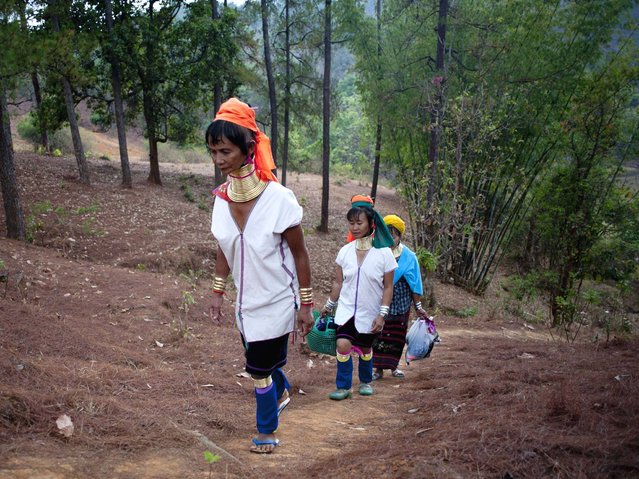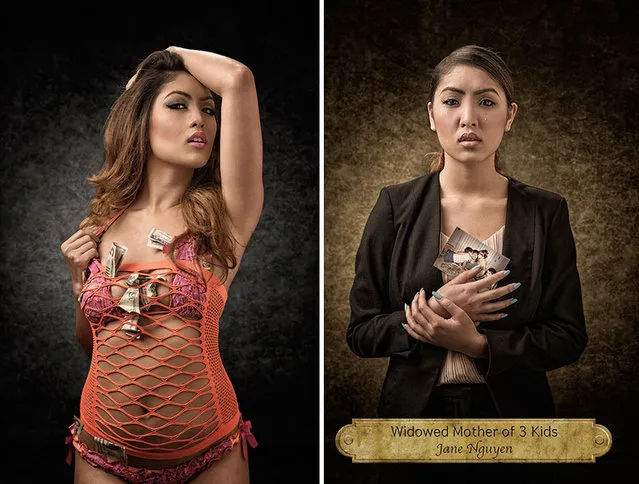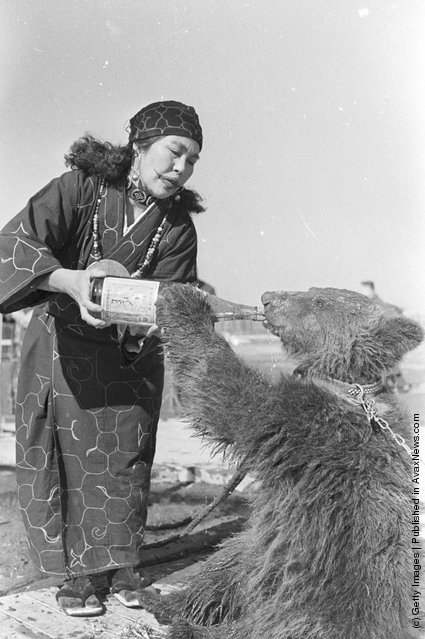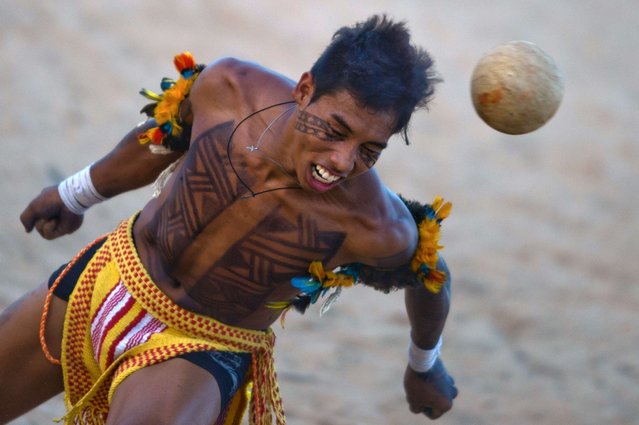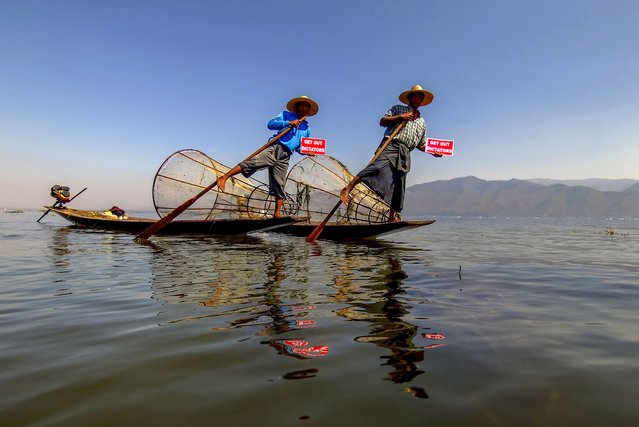
Ethnic Entha fishermen display placards during a protest against the military coup on Inle Lake, Taunggyi, Myanmar Thursday, February 11, 2021. Large crowds demonstrating against the military takeover in Myanmar again defied a ban on protests Thursday, even after security forces ratcheted up the use of force against them and raided the headquarters of the political party of ousted leader Aung San Suu Kyi a day earlier. (Photo by Aung Ko San/AP Photo)
05 Mar 2021 10:35:00,post received
0 comments

